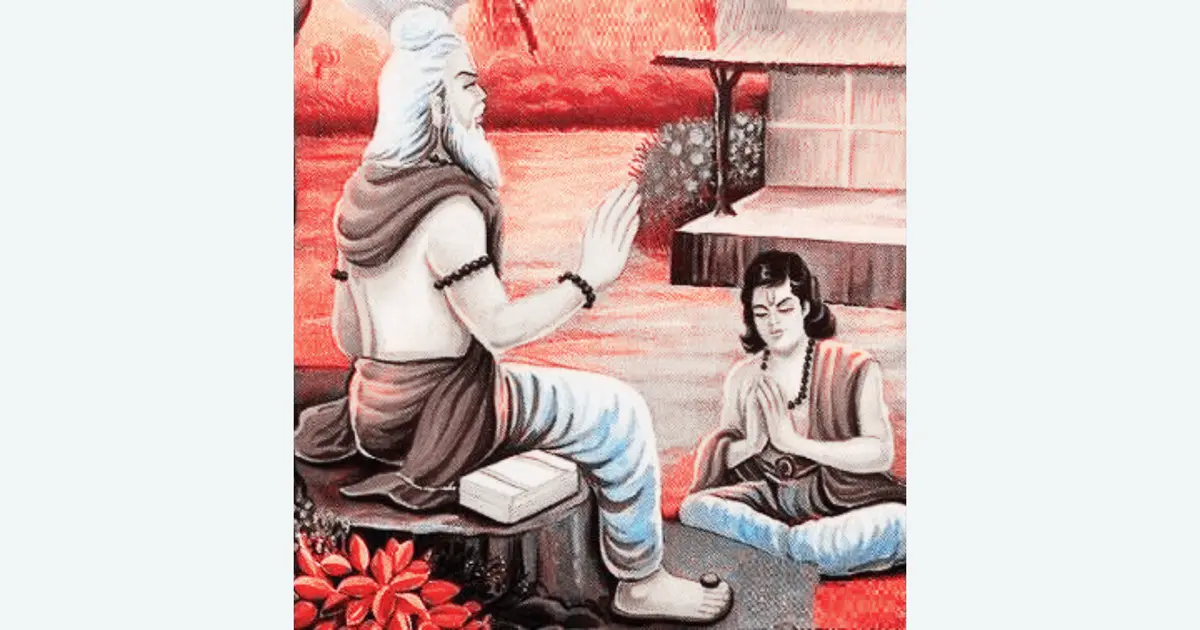
Experience: The Ultimate Refuge of Logic
The Taittirīya Āraṇyaka lists four modes to establishing evidence for any statement attempting to describe reality. Read more about these, and how experience is the ultimate refuge of logic.
Dhīti is a blog for long form essays, expressions of civilizational voice, cinema and literature review, and more.

The Taittirīya Āraṇyaka lists four modes to establishing evidence for any statement attempting to describe reality. Read more about these, and how experience is the ultimate refuge of logic.
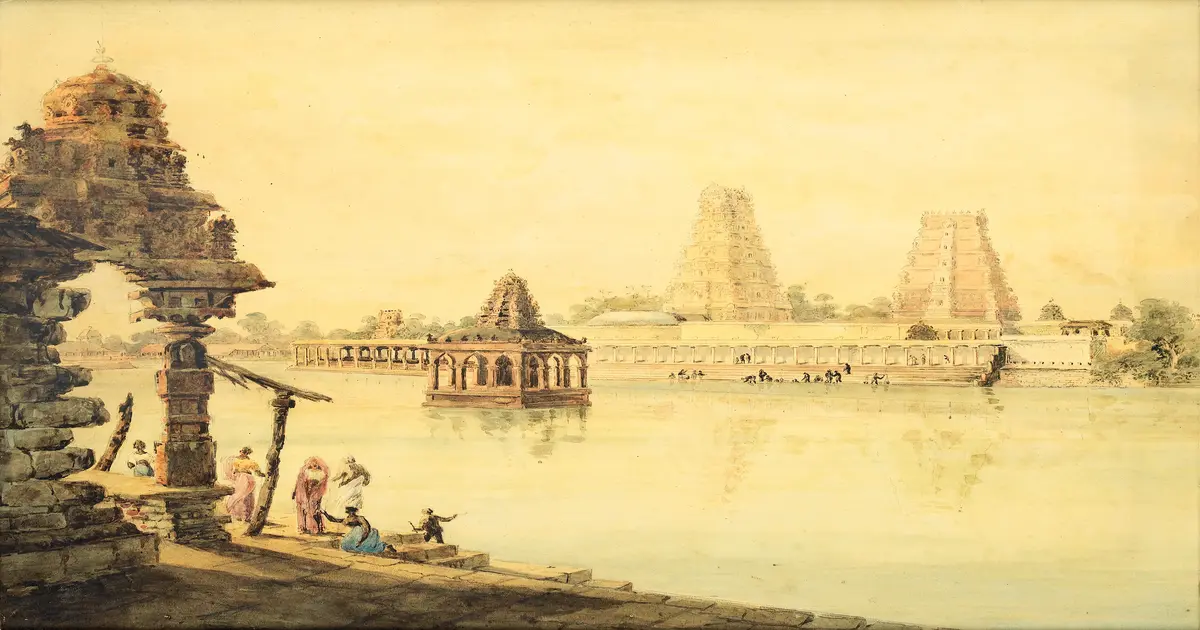
This article delves into the historical and religious significance of the Naṭarāja temple in Chidambaram. It also examines its legal status in the context of political vendettas against the shrine.
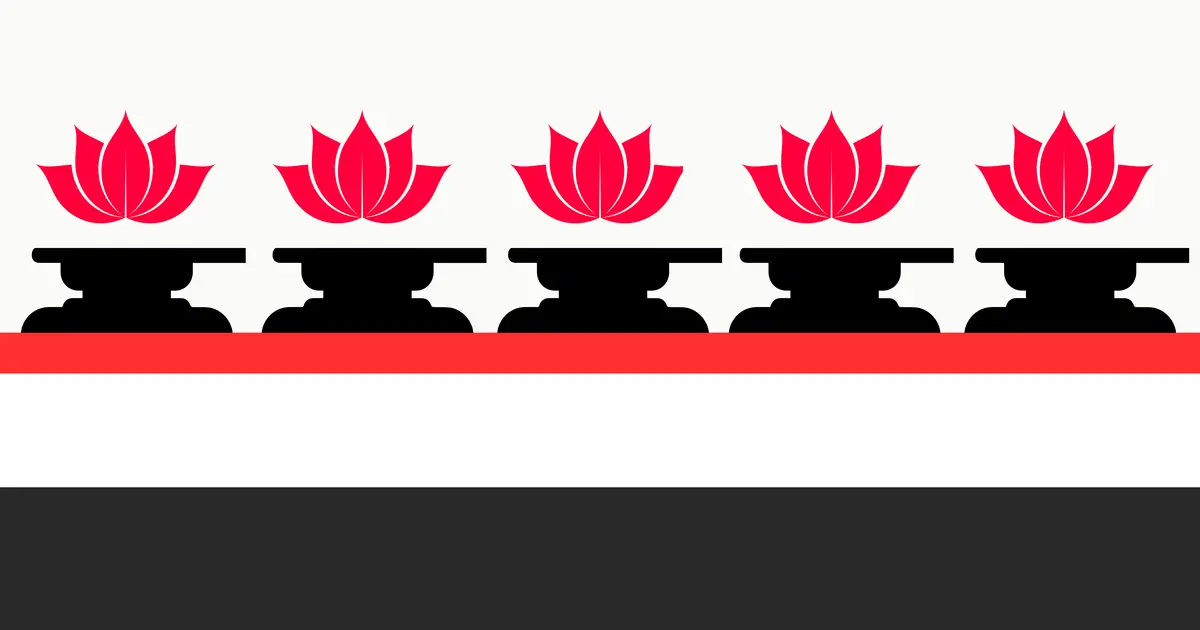
The pancākṣara of Bhagavān Śiva is a mahāmantra composed of five letters: Na-Ma-Śi-Vā-Ya. These five letters denote the five actions or pañca-kṛtyam of the Bhagvān Śiva: Sṛṣṭi (creation), Sthiti (preservation), Saṃhāra (destruction), Tirodhāna (veiling), Anugraha (blessing). These five aspects are captured beautifully in Pañcamukha Śiva, the five-fold faces of Bhagavān Śiva.
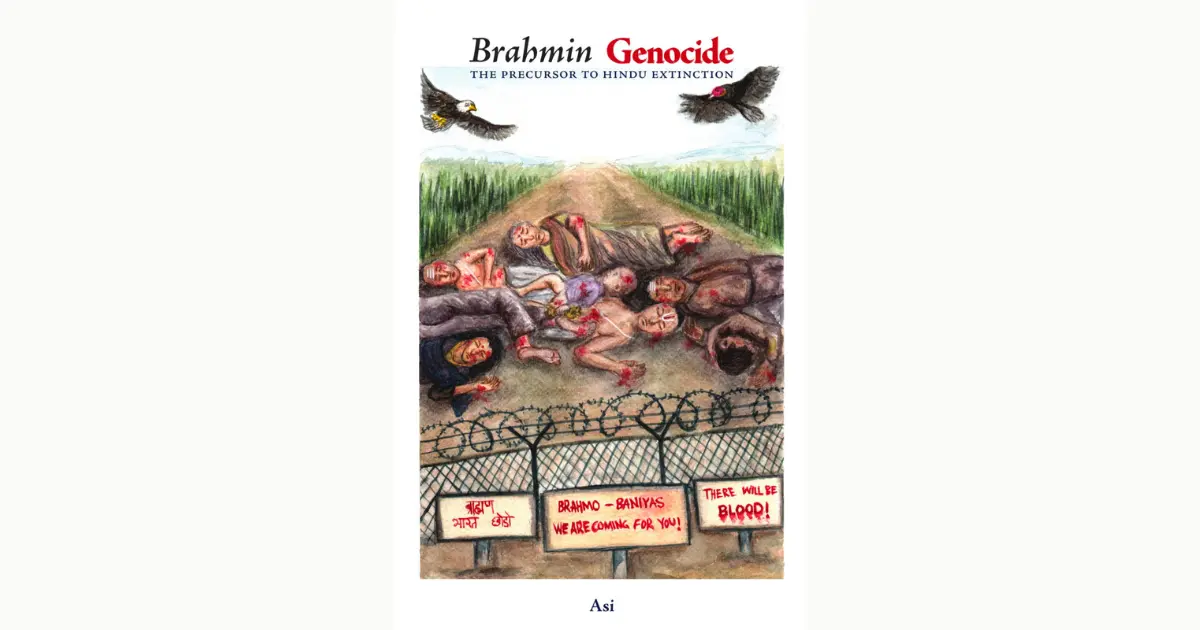
The book Brahmin Genocide - The Precursor to Hindu Extinction delves into the Brahmin identity's historical significance, exposes targeted hate against them, and proposes solutions to safeguard Hindu culture from impending extinction.

From AI's precision to cultural implications, this article proposes a proactive approach to navigate the era of 'Big Reality' with cultural wisdom.

Asuran (2019), while adhering to familiar socio-political themes, offers a nuanced and realistic portrayal of the hardships faced by oppressed groups, reflecting historic massacres like Keezhvenmani. With stark scenes depicting violence and oppression, Asuran prompts reflection on the chilling resonance of such events in contemporary times.

Exploring the deep-rooted connection between agriculture, food, and well-being through the lens of Ayurveda, emphasizing sustainable practices and traditional wisdom.
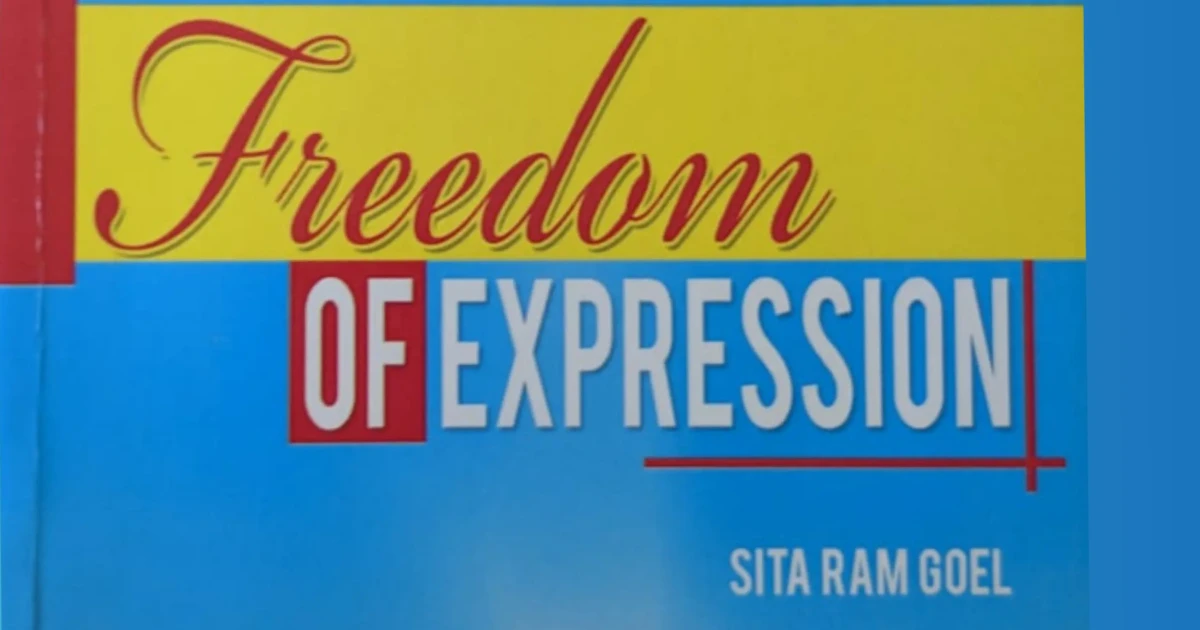
Need for clarity in understanding opposing forces to dhārmika thought and the importance of thinkers like Śrī Sita Ram Goel in the context of freedom of expression.
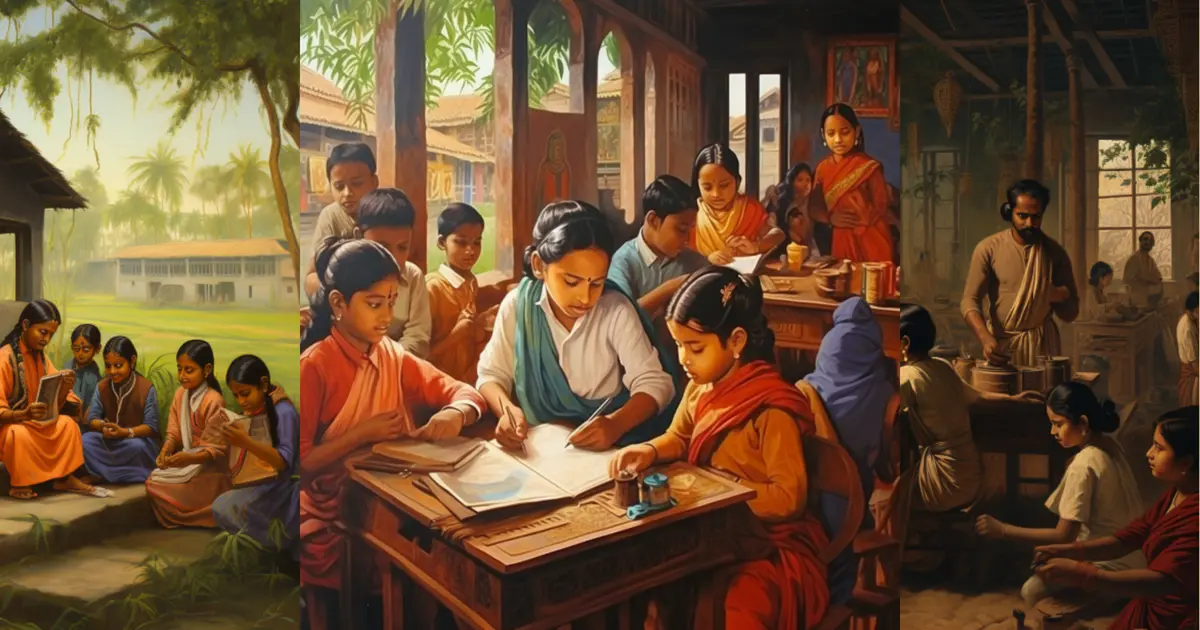
The article investigates the profound impact of colonial powers on Bengal’s pre- colonial learning centres through their cunning manipulation of the hearts and minds of people, leading to the decline of traditional wisdom and the emergence of English-dominated colonial education.